Books have always been a way to preserve knowledge and stories. Some of the oldest texts date back thousands of years. They reveal ancient civilizations’ beliefs, practices, and myths. Exploring these books offers a glimpse into the minds of our ancestors. Their influence still echoes in literature today.
The Epic of Gilgamesh
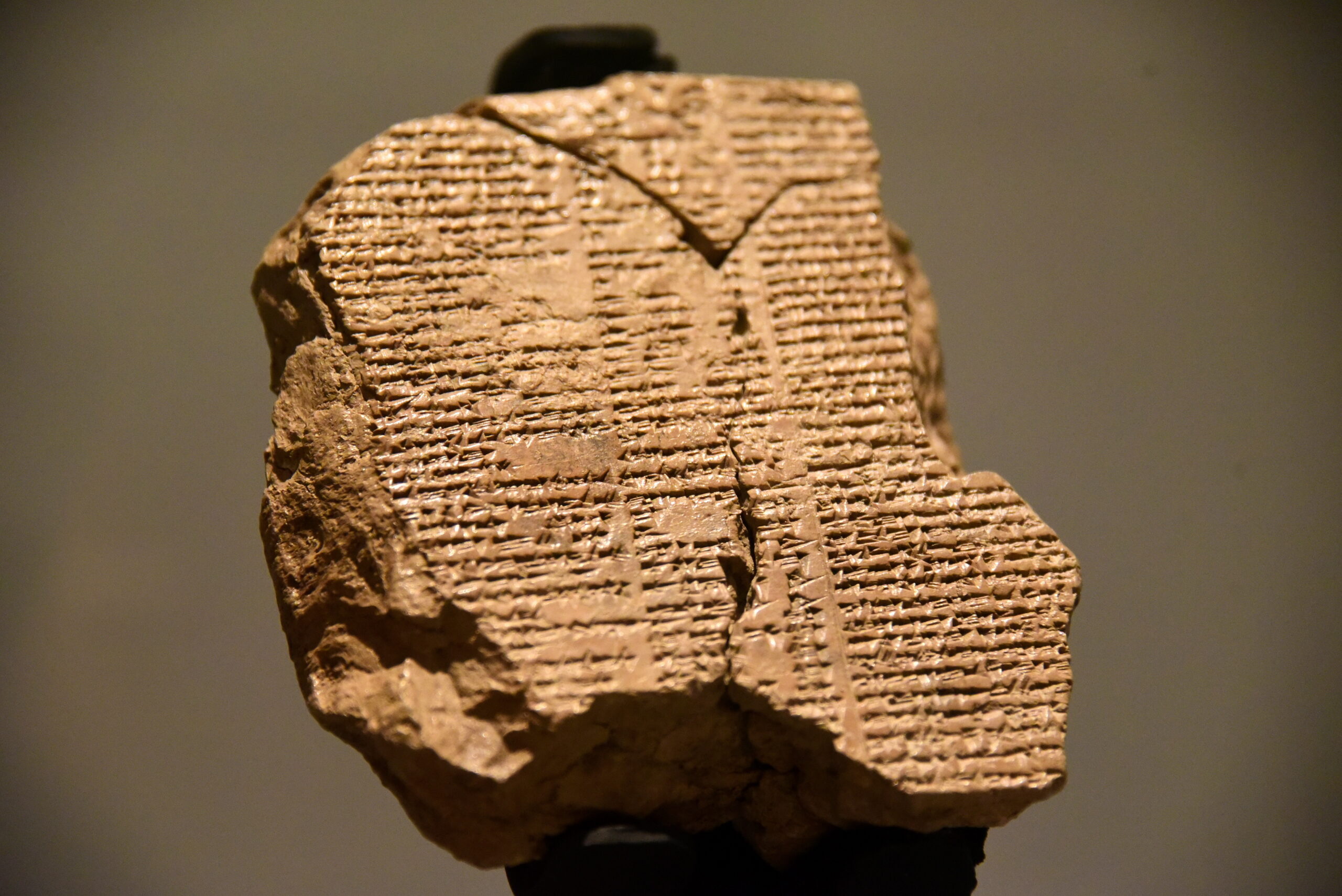
Approximately 4,000 years old, The Epic of Gilgamesh originates from ancient Mesopotamia and is considered the world’s earliest known literary work. It was written on 12 clay tablets in cuneiform and explores the adventures of King Gilgamesh of Uruk. The epic covers themes of friendship, human mortality, and the quest for eternal life, culminating in Gilgamesh’s realization that immortality lies in legacy and human achievements. Its discovery in the 19th century provided significant insight into ancient Sumerian and Akkadian mythology and culture.
The Rigveda
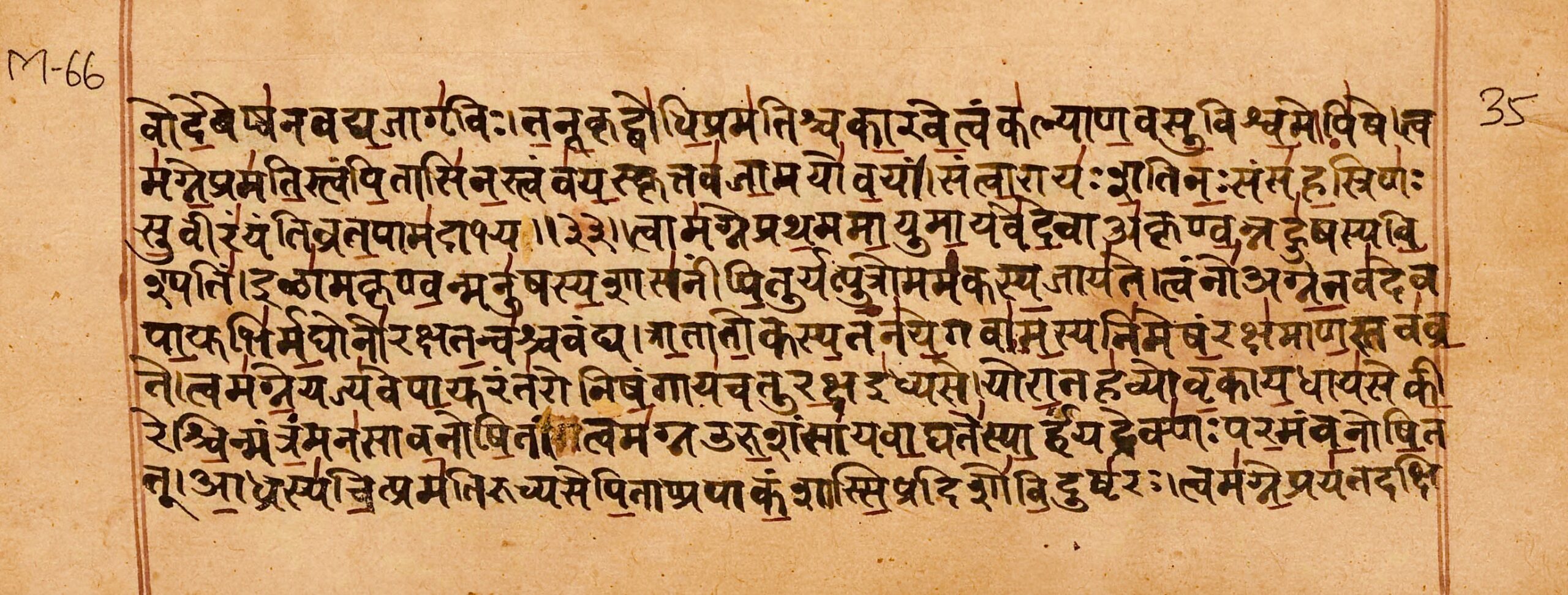
The Rigveda, over 3,500 years old, is one of the oldest known religious texts from ancient India. Written in archaic Sanskrit, it is part of the four Vedas and contains 1,028 hymns dedicated to various deities. These hymns reflect early Vedic religion, societal values, and natural philosophy. The Rigveda also highlights important rituals and cosmological beliefs, and its oral tradition has been preserved over millennia, influencing Hinduism as well as Indian culture and philosophy.
The Book of the Dead
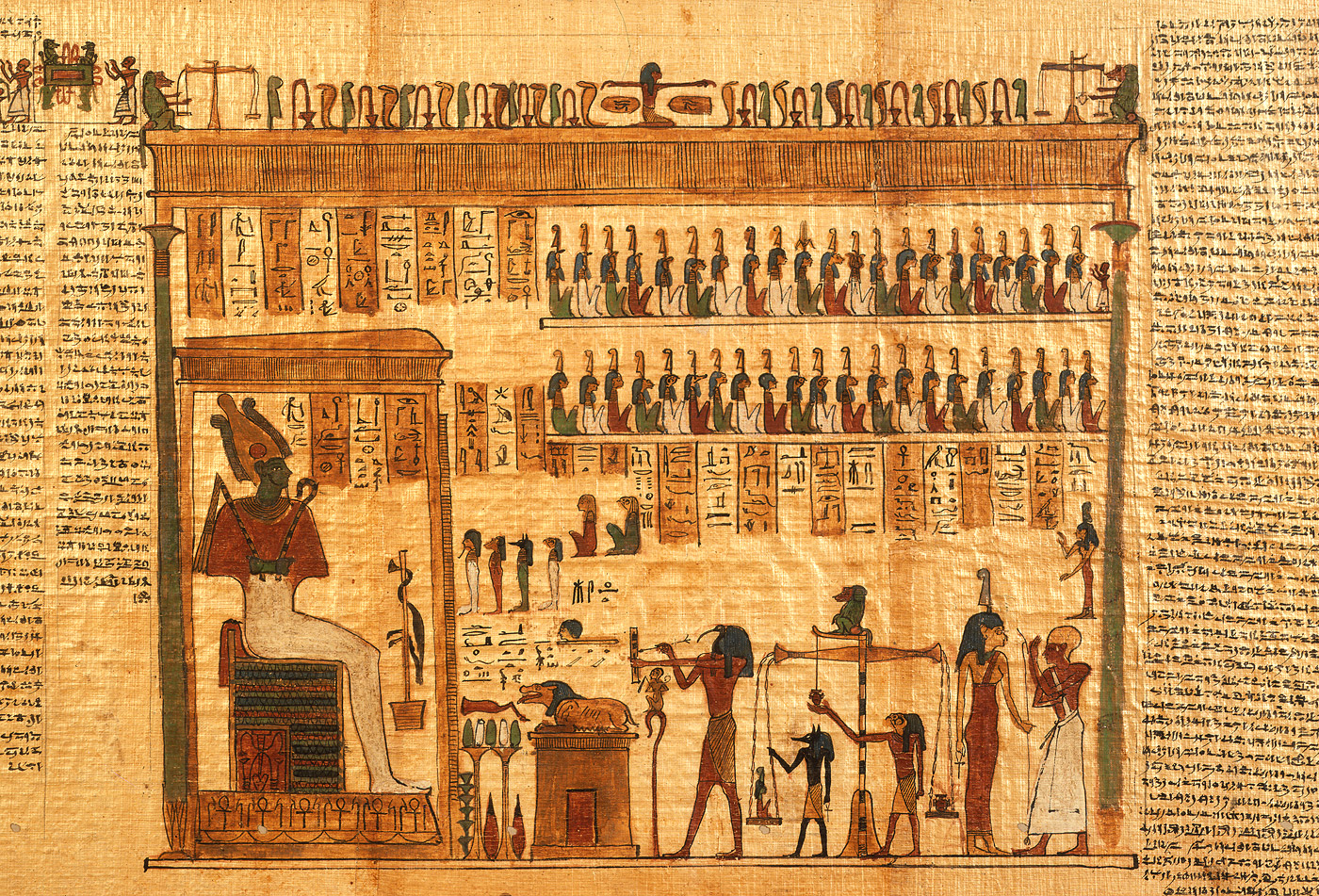
Dating back over 3,300 years, The Book of the Dead is an ancient Egyptian funerary text used to aid the deceased in navigating the afterlife. Often inscribed on papyrus and placed in tombs, it contains a collection of spells, prayers, and incantations. Its purpose was to ensure a safe passage to the afterlife, including the final judgment by the god Osiris. The text represents the Egyptians’ deep belief in the afterlife and illustrates their elaborate burial customs and religious doctrines.
The Instructions of Shuruppak
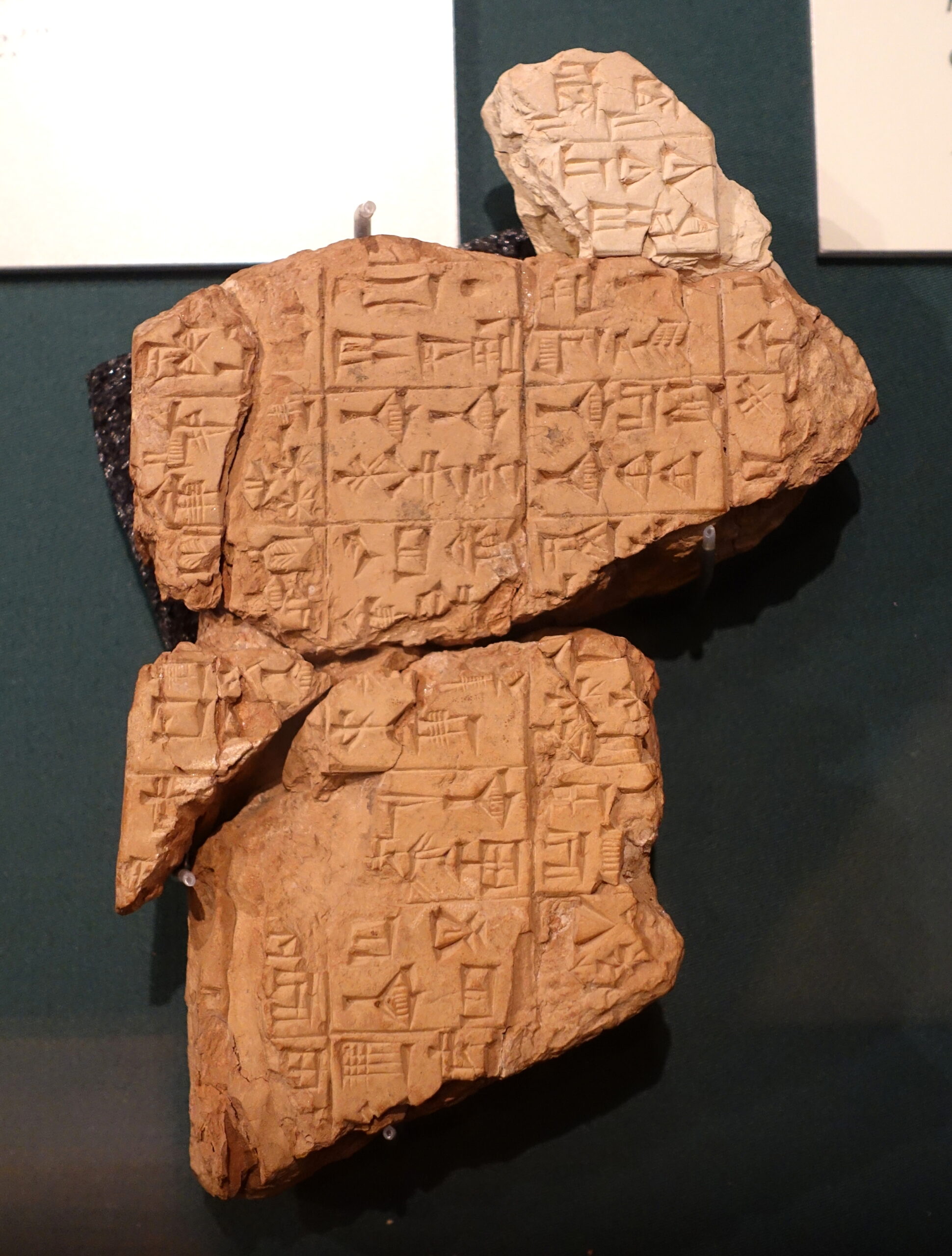
Approximately 4,600 years old, The Instructions of Shuruppak is one of the earliest known literary works from ancient Sumer. It consists of moral teachings passed from King Shuruppak to his son Ziusudra (the Sumerian Noah). The text contains proverbs advising proper behavior, wisdom, and the pursuit of justice. It serves as a window into early Mesopotamian society and its values, offering advice on social conduct, humility, and respect for the gods.
The Enuma Elish
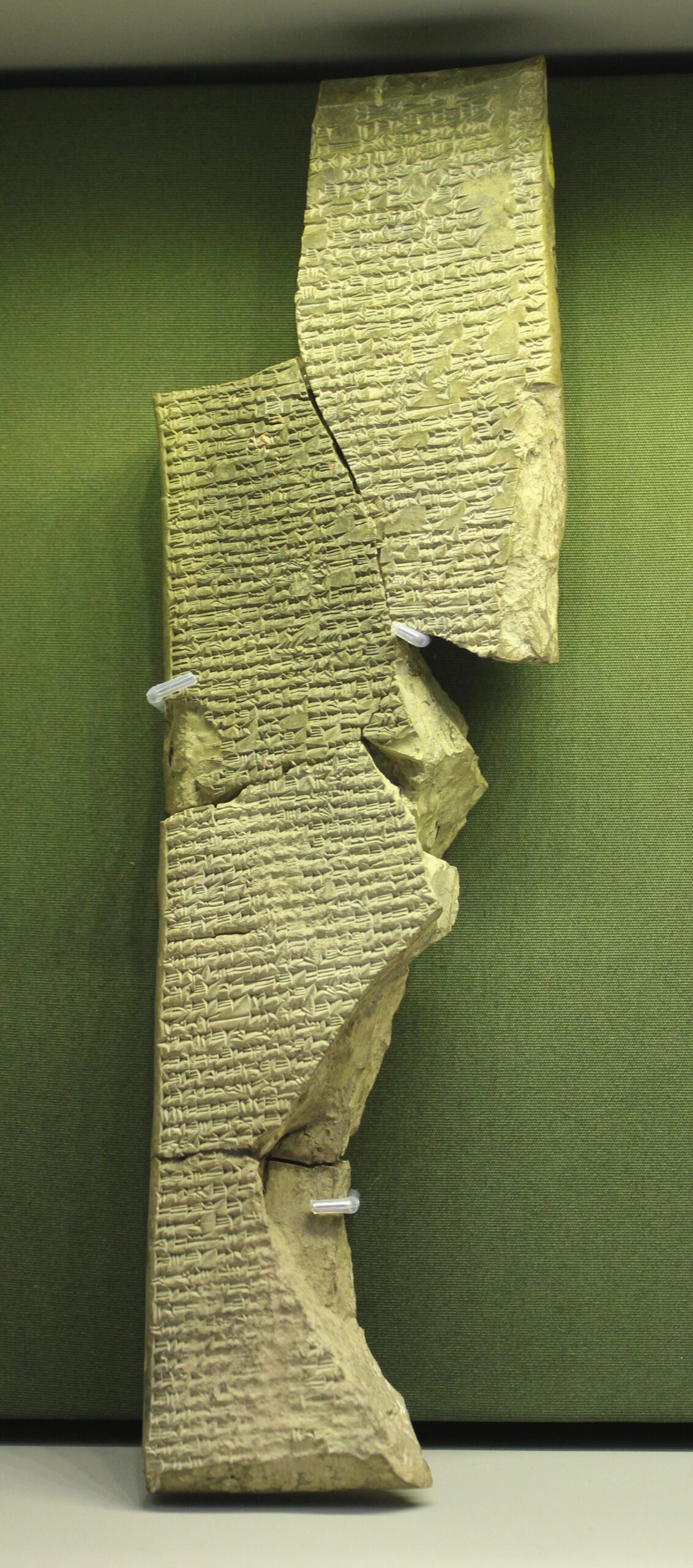
At around 3,800 years old, The Enuma Elish is the Babylonian creation myth that was written on seven clay tablets in cuneiform. It narrates the story of how the world was formed, focusing on the god Marduk’s rise to supremacy after defeating the primordial sea goddess Tiamat. This myth explains the origins of gods, humans, and the natural world, and it was recited annually during the Babylonian New Year festival. It reflects Babylon’s religious structure and the legitimization of Marduk as the city’s patron deity.
The Ebers Papyrus
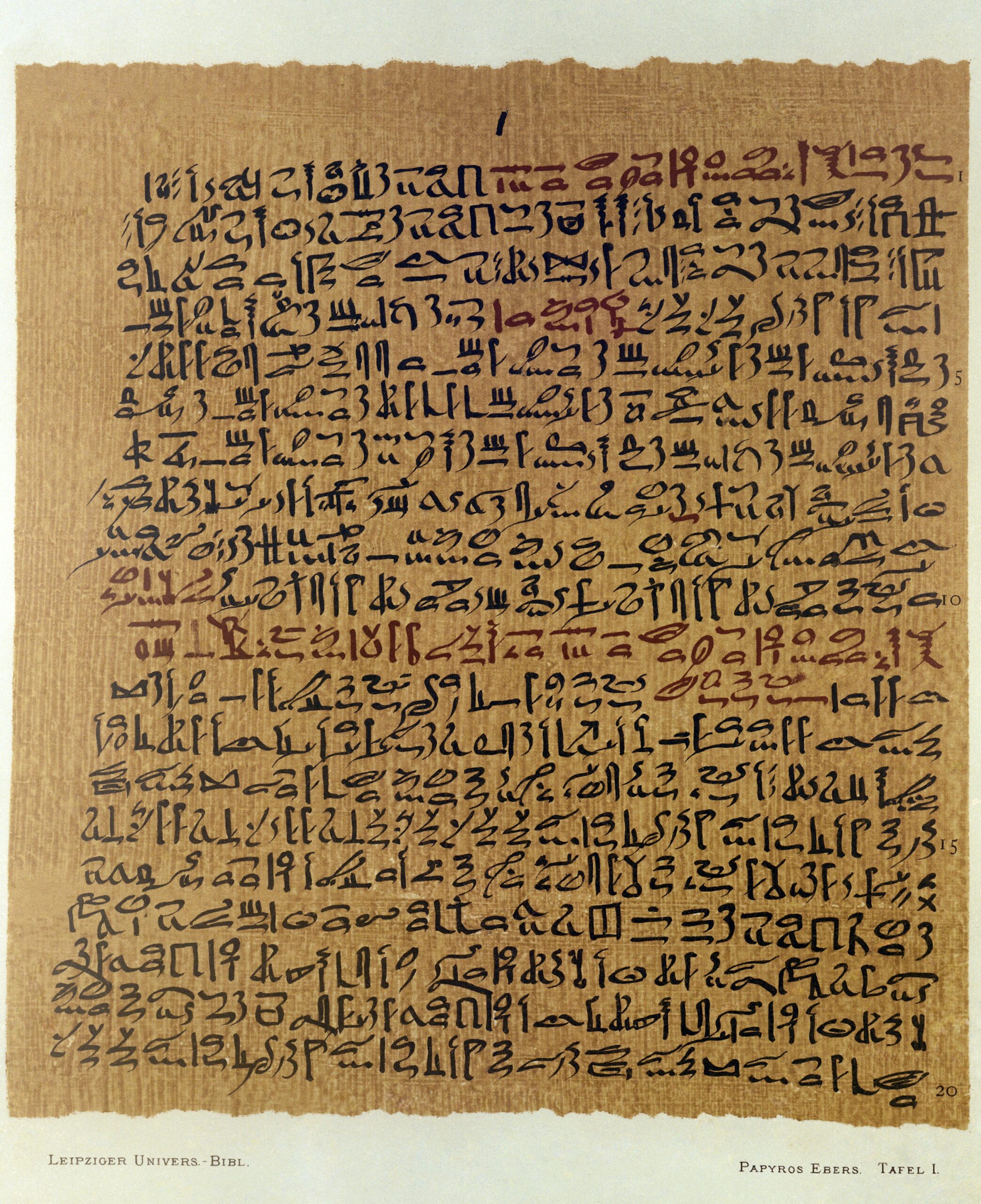
The Ebers Papyrus, around 3,500 years old, is one of the longest and most comprehensive ancient Egyptian medical documents. It contains 700 medicinal treatments and remedies, covering ailments like stomach issues, skin diseases, and even surgery. This papyrus reveals the advanced understanding of medicine in ancient Egypt, including the use of herbal remedies and the belief in spiritual causes of illness. It showcases the early interplay between science and religion in medical practices.
The Torah
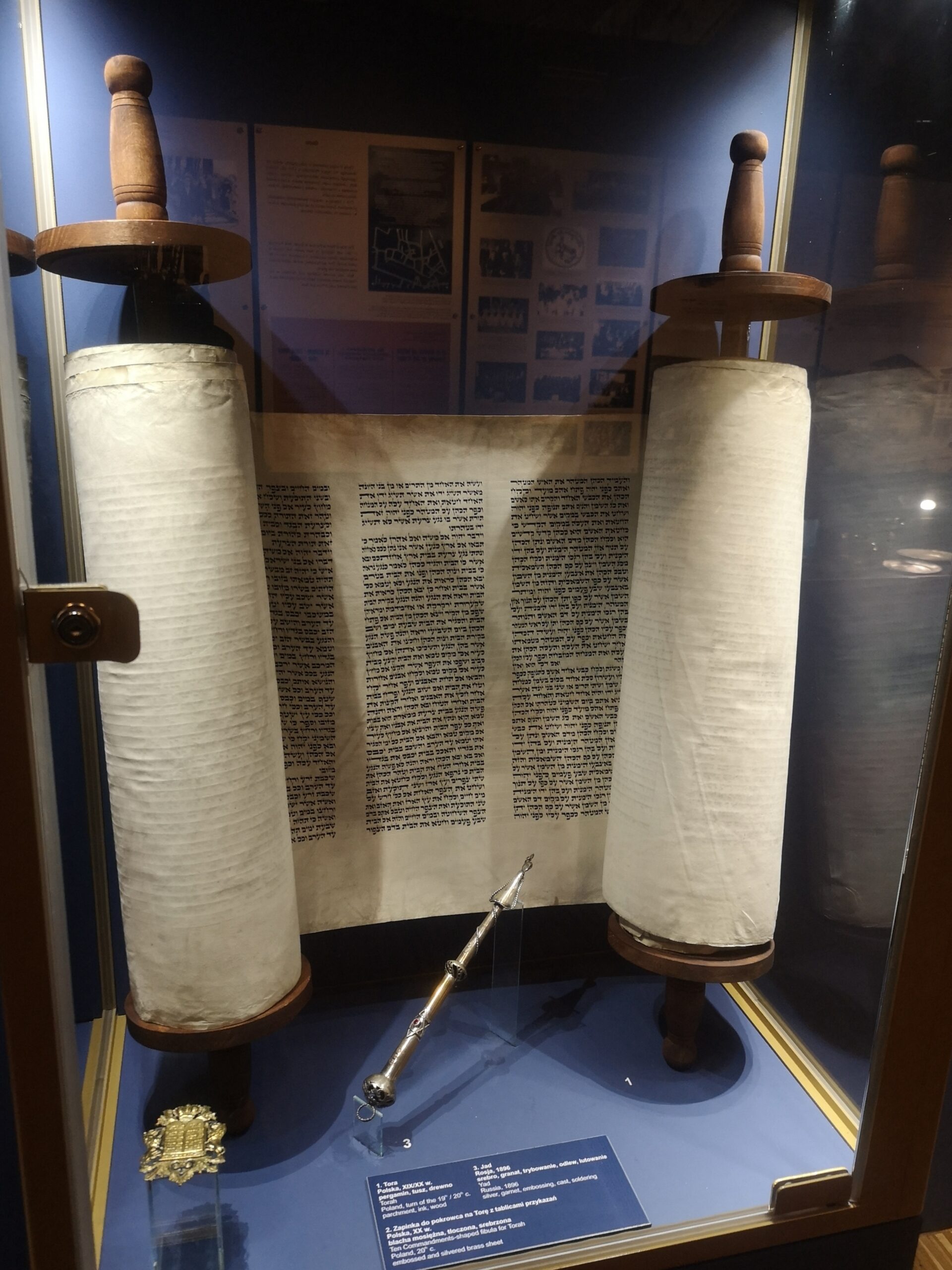
Compiled over 2,400 years ago, the Torah is the foundational text of Judaism, consisting of the first five books of the Hebrew Bible (Genesis, Exodus, Leviticus, Numbers, and Deuteronomy). It contains laws, historical narratives, and moral teachings central to Jewish life. Traditionally believed to have been written by Moses, the Torah covers the creation of the world, the history of the Israelites, and their covenant with God. It remains a central text in both religious practice and cultural identity for Jewish people worldwide.
The Iliad and The Odyssey
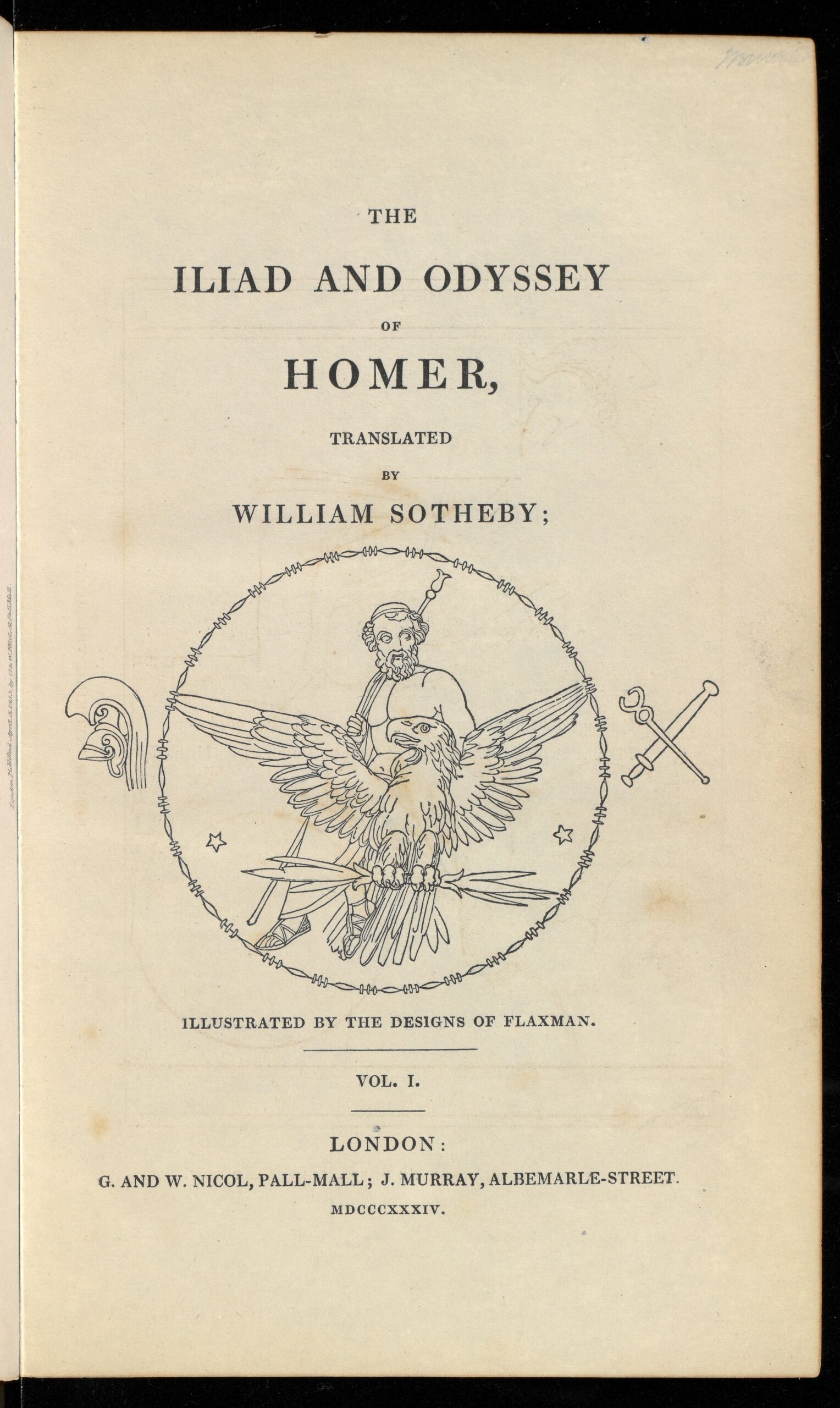
At around 2,800 years old, The Iliad and The Odyssey are epic poems attributed to Homer and are central to ancient Greek literature. The Iliad recounts the events of the Trojan War, focusing on the hero Achilles, while The Odyssey follows the journey of Odysseus as he attempts to return home after the war. These works explore themes of heroism, fate, loyalty, and the human condition. They have had a profound influence on Western literature, shaping concepts of epic storytelling, heroism, and morality.
The Dead Sea Scrolls
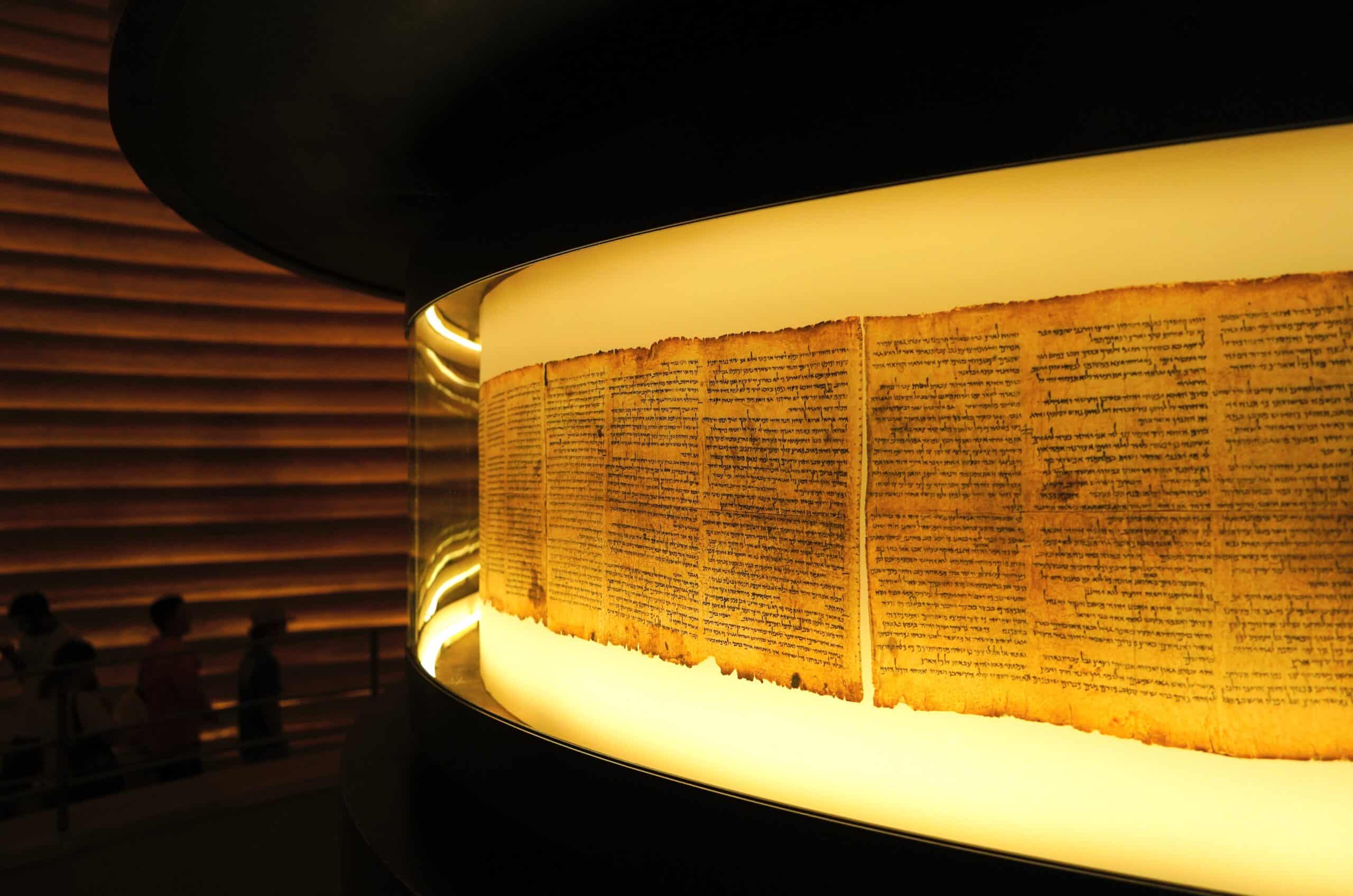
Dating back over 2,000 years (circa 3rd century BCE to 1st century CE), the Dead Sea Scrolls were discovered in caves near the Dead Sea in the mid-20th century. These ancient Jewish texts include biblical manuscripts, apocryphal works, and sectarian writings. They provide valuable insight into the religious practices and beliefs of Jewish sects during the Second Temple period. Written in Hebrew, Aramaic, and Greek, the scrolls offer one of the earliest copies of the Hebrew Bible and have greatly contributed to biblical scholarship.
This article originally appeared on Rarest.org.
More from Rarest.org
1970 Washington Quarter Value Guide

Instead of the silver content of the older coins, Washington Quarters have a 91.67% copper core with an 8.33% nickel coating starting in 1968. Read More.
17 Extraordinary Pollinators Essential to Ecosystems Worldwide

Pollinators are vital to the health of ecosystems around the world, helping plants reproduce and ensuring the survival of countless species. Read More.
15 Spectacular Invertebrates with Amazing Survival Skills

Invertebrates are some of the most adaptable and resourceful creatures on Earth, developing unique survival skills to thrive in diverse environments. Read More.
